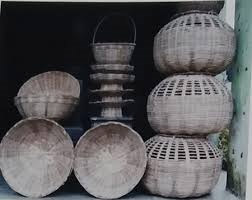
Basket manufacturing is the region's most popular bamboo craft. These baskets come in various forms and sizes, from tiny trinket carriers to enormous storage baskets. They are originally manufactured from "gaoghari vaas," a flexible bamboo. Chhabdi (a shallow food dish), Moti Topli (a huge storage basket), and Karandia (a bamboo chicken house) are some of the most popular bamboo crafts from Dadar and Nagar Haveli.
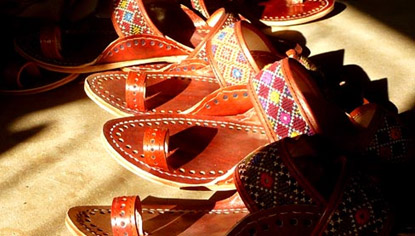
The most popular leather craft in Dadra and Nagar Haveli is slippers. These slippers, known for their durability and attractive patterns, are popular among residents and tourists. They are made of high-quality leather and available in various designs, from plain and useful to intricate and beautiful. The craftspeople use high-quality leather derived from cows or buffaloes. The leather may undergo a natural tanning process using readily available materials like tree bark and vegetable extracts. Skilled craftsmen also manufacture additional leather products like belts, wallets, and purses.
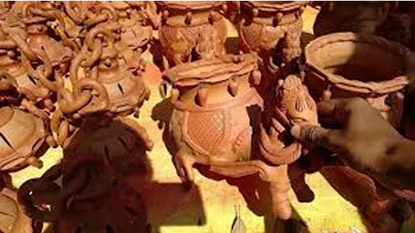
Dadra was previously a thriving pottery hub, with the craft passed down through families for over three generations. The range of clay goods produced here is extensive. These include daily goods like 'matka-kodiya' (little lights), 'nanigadi' (small pots), 'loti' (glasses), and 'taadinughadiya' (liquor containers), among others. Terracotta artists also make beautiful deity statues, used in religious events and on auspicious occasions. Ghumat is a unique offering—a dome-shaped terracotta shrine with an opening for a lamp. It was traditionally made to house the spirit of a departed person.
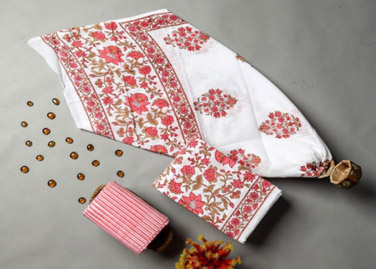
Silvassa in Dadar and Nagar Haveli, a flourishing industrial town, is an important cotton textile-producing centre. Silvassa has many spinning mills that create high-quality cotton yarn of different counts and thicknesses. Weavers in India use this yarn to make various types of cotton clothes. Silvassa produces a wide selection of cotton textiles, from basic, solid colours to vibrantly patterned ones. Silvassa's cotton textile sector is made up of both large-scale mills and small, artisanal businesses. The bigger mills use modern technology to generate vast quantities of yarn and fabric, while the smaller operations specialise in creating unique, handcrafted textiles.
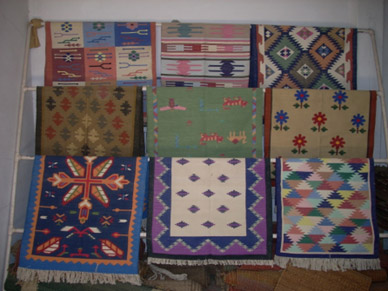
Dadar and Nagar Haveli has a strong legacy of handwoven dhurries and carpets known for their brilliant colours, detailed patterns, and long-lasting quality. These lovely floor coverings are not only useful but also a canvas for skilled weavers to express themselves artistically. Cotton yarn is the most often used material for dhurries and carpets. Stripes, checks, and borders are common themes. However, able weavers may make more complex motifs that include floral or animal forms. There are two unique weaving styles used in Dadar and Nagar Haveli: The Khambadi technique includes weaving the dhurrie with a flat weave, giving in a smooth, level surface. The Gadbha technique involves weaving additional weft threads into the dhurrie to produce a raised pattern.
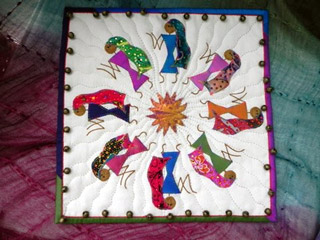
The embroidered patterns and motifs are greatly inspired by the region's tribal cultures, which include the Warli, Kokna, Dhodia, and Kathodi tribes. Traditionally, natural dyes made from plants and minerals were used to colour the threads. This technique gives an earthy and organic quality to the stitching. Mirrorwork combines miniature mirrors into the cloth, giving the needlework a shimmering look. It is often used to decorate traditional clothing and accessories. Applique Work is a technique in which bits of cloth are sewn onto a bigger piece to create patterns or designs. This kind of needlework is employed on ornamental objects like wall hangings and blankets.